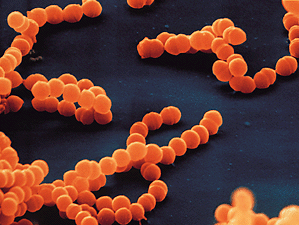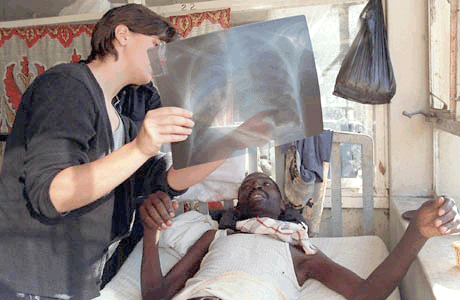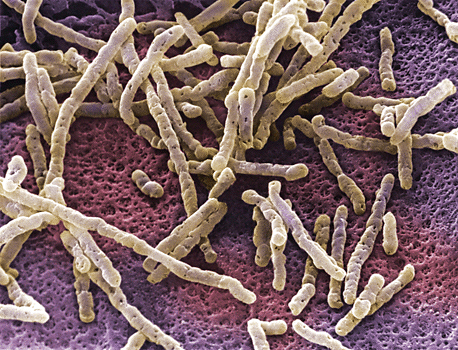Tourists Have Changed Hot Spring Colors in Yellowstone
Tuesday, December 23rd, 2014December 23, 2014
A world-famous hot spring in Yellowstone National Park owes its brilliant rainbow colors to tourist trash, a new study has revealed. Before the park began attracting millions of visitors each year, the pool was deep blue. According to the study, bottles, coins, rocks, and other objects thrown by tourists into the hot spring over the years are responsible for the pool’s new appearance.
Yellowstone, the oldest national park in the world, has more than 300 active geysers and thousands of hot springs. Most of the park’s landscape was created by volcanic eruptions about 600,000 years ago. A large mass of molten rock still lies beneath the surface of the park. This rock, called magma, furnishes the heat for the park’s geysers and hot springs. The colors in the pools come from bacterial mats–complex communities of bacteria.

Like other hot springs in Yellowstone National Park, Morning Glory Pool is famous for its jewel-like colors. (© Sascha Burkard, Shutterstock)
To determine the hot springs’ original color, researchers from Montana State University and Germany’s Brandenburg University of Applied Sciences first created a mathematical model to explain how chemical reactions are producing the colors in Morning Glory Pool today. The model was based on data from images of the pool made with several kinds of light and on a chemical analysis of the water. Then the scientists “reverse-engineered” the process to determine the color of the water in 1872, when the park was established.

The waters of Morning Glory Spring were a brilliant blue in 1872, when Yellowsotne National Park was established. Today, the thermal pool displays yellow, orange, and green because of changes in the bacteria inhabiting the pool. (Joseph Shaw and Paul Nugent (Montana State
University), Michael Vollmer (Brandenburg University of Applied Sciences))
The scientists found that trash thrown into Morning Glory Pool by visitors has partially blocked one of the pool’s underwater vents, lowering the temperature of the water. As a result, the kinds of bacteria in the pool have changed, turning the water from deep blue to green, yellow, and orange.
Additional World Book articles:
- A Place Where Earth Speaks (a Special Report)
- The Biggest Eruptions on Earth (a Special Report)








